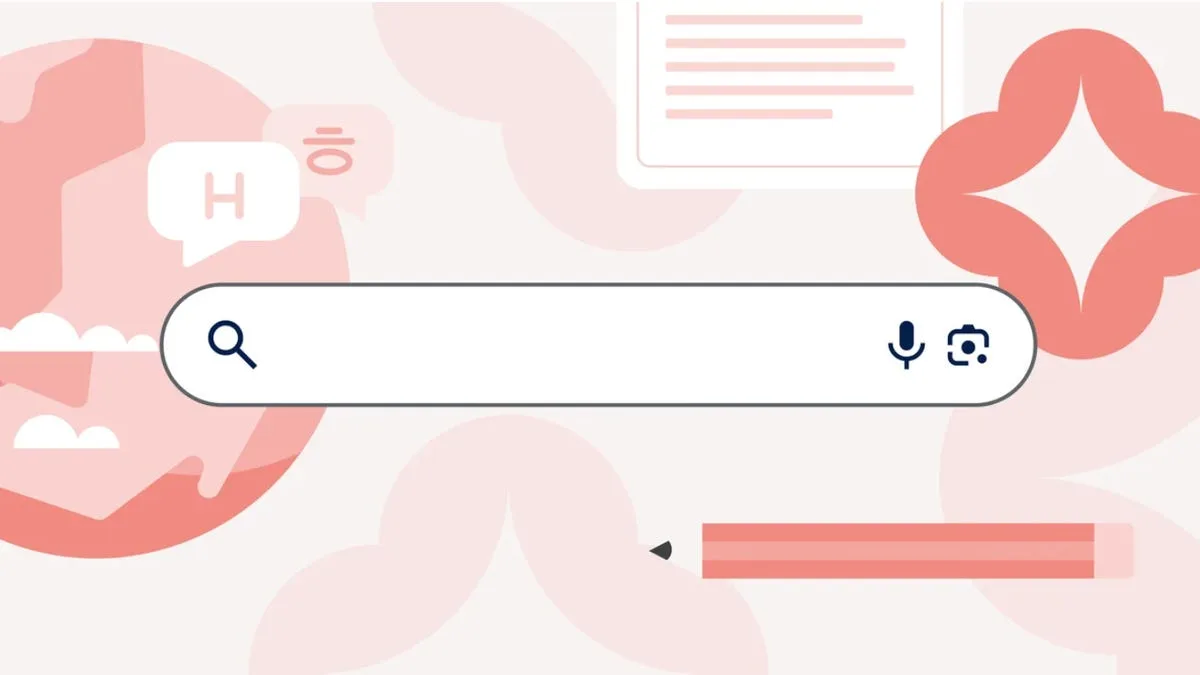Meta’s V-JEPA 2: Revolutionizing AI with World Models
In the rapidly evolving landscape of artificial intelligence, Meta Platforms is making significant strides to stay ahead of competition from heavyweights like OpenAI, Microsoft, and Google. Recently, Mark Zuckerberg, the CEO of Meta, announced a groundbreaking advancement: the rollout of a new AI "world model" known as V-JEPA 2. This innovative technology aims to enhance AI’s understanding of 3D environments and the movements of physical objects.
A Leap Forward in AI Interpretation
During an event on Wednesday, Meta unveiled its new open-source AI model, V-JEPA 2, that promises to understand, predict, and plan in the physical world. This advanced model draws upon the inherent logic of our reality to create an internal simulation. By imitating how humans learn and decide, V-JEPA 2 aims to replicate the nuances of human cognition.
Understanding the Physical Realm
What exactly sets V-JEPA 2 apart? Imagine a scenario where a ball rolls off a table or an object momentarily obscured from view. Unlike traditional AI systems that would struggle with such nuances, V-JEPA 2 recognizes that the ball will fall and that the object hasn’t simply vanished—it continues to exist, just out of sight.
The Competitive Landscape
Artificial intelligence is becoming a central focus for Meta as it grapples with fierce competition from tech giants such as OpenAI, Microsoft, and Google. Zuckerberg’s vision has always been clear: strengthen Meta’s foothold in AI innovations. As part of this drive, the company is reportedly set to invest $14 billion into the artificial intelligence firm Scale AI.
Scaling Up with New Talent
To bolster its AI strategy, Meta is said to be in discussions to hire Alexandr Wang, the CEO of Scale AI. This move underscores Meta’s emphasis on harnessing top-tier talent to lead its AI endeavors—a crucial element for anyone hoping to make significant waves in the tech industry.
Real-World Applications of V-JEPA 2
Meta highlights the numerous applications for its V-JEPA 2 model, particularly in fields requiring real-time navigation, such as delivery robots and self-driving cars. These machines rely heavily on their ability to interpret their environments accurately.
The Role of Simplified Reasoning
What’s particularly noteworthy about V-JEPA 2 is its ability to operate within a simplified "latent" space. This allows the AI to discern how objects interact without being burdened by vast quantities of labeled data or extensive video footage. This innovative reasoning capacity positions V-JEPA 2 as a promising tool in navigating physical environments.
Expanding the AI Dialogue
“We’re entering a new era,” asserts Yann LeCunn, Meta’s chief AI scientist. During a presentation at the Viva Tech conference in Paris, he elaborated that allowing machines to interpret the physical world is fundamentally distinct from teaching them language. This new world model functions as an abstract digital representation of reality, empowering AI to understand its environment and foresee the outcomes of its actions.
Collaboration and Competition
The emergence of world models doesn’t stop with Meta’s V-JEPA 2. Notably, leading AI researcher Fei-Fei Li has gathered $230 million for a startup named World Labs, focusing on creating “large world models” capable of understanding physical reality. Similarly, Google’s DeepMind is developing its own world model called Genie, which aims to simulate games and 3D environments in real-time.
The Future of AI Interaction
Meta’s new model is a significant leap towards a future where AI can better interact with and predict outcomes in our physical world. The ability to leverage AI for autonomous decision-making opens a wide array of possibilities—ranging from consumer applications to essential services like healthcare and logistics.
Rethinking AI Training Methods
As AI models grow more intricate, traditional training methods need re-evaluation. V-JEPA 2’s approach could pave the way for more efficient training techniques that might reduce the need for massive datasets, thereby streamlining the learning process for AI systems globally.
Societal Implications of Advanced AI
The advent of more intelligent AI systems raises important questions about the societal implications of such advancements. As machines become increasingly capable of navigating the complexities of human environments, we must deliberate on ethical frameworks safeguarding their integration into daily life.
Tech Giants and Their Pursuits
With companies like Meta, OpenAI, Microsoft, and Google all clamoring for dominance in AI development, the industry is witnessing an unprecedented race. Data indicates that firms investing in cutting-edge AI technologies are likely to reap substantial benefits—both economically and technologically.
A Fine Line: AI and Human Oversight
As AI technologies like V-JEPA 2 mature, it’s crucial that human oversight remains paramount. Even as machines become more capable, ensuring they act in alignment with human values and ethics will be essential in mitigating risks associated with their decision-making processes.
Monitoring Progress in AI
Keeping track of developments in AI requires an ongoing commitment from both the tech community and regulatory bodies. Understanding the potential implications will help guide effective policy frameworks that foster innovation while ensuring public safety.
Conclusion: The Road Ahead
In summary, Meta’s V-JEPA 2 represents a remarkable step forward in AI technology, setting itself apart through its understanding of the physical world and real-time applications. As competition heats up among tech giants and other innovators, we stand on the brink of a future replete with new opportunities—and challenges—arising from increasingly autonomous AI systems. As we venture into this new frontier, thoughtful consideration and collaboration will be key to shaping a beneficial and responsible AI landscape.







